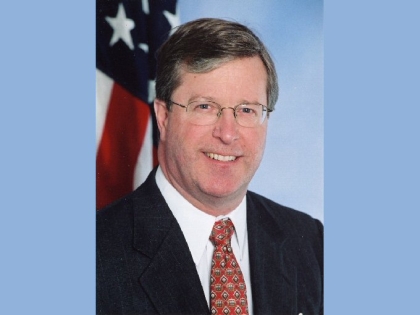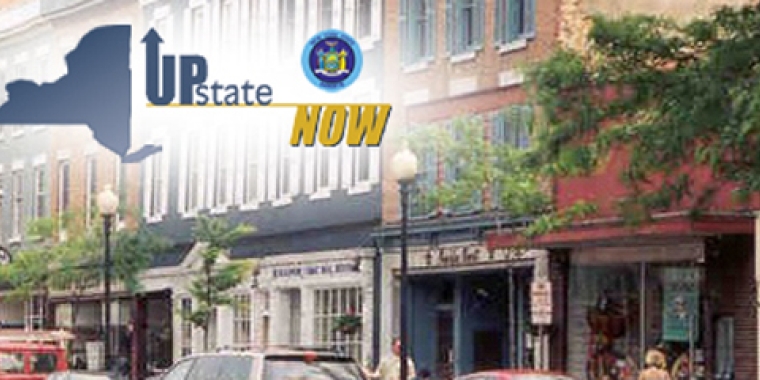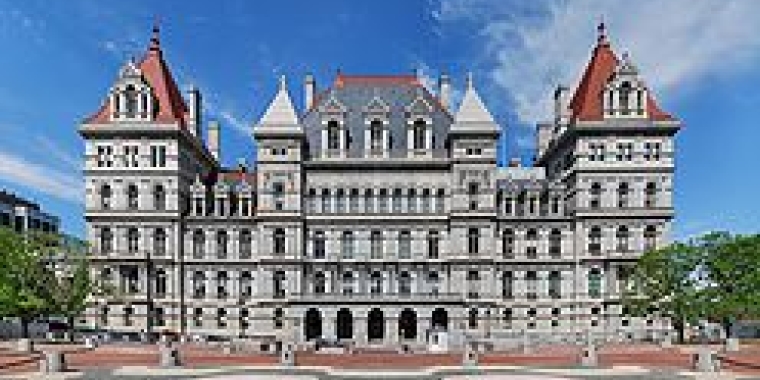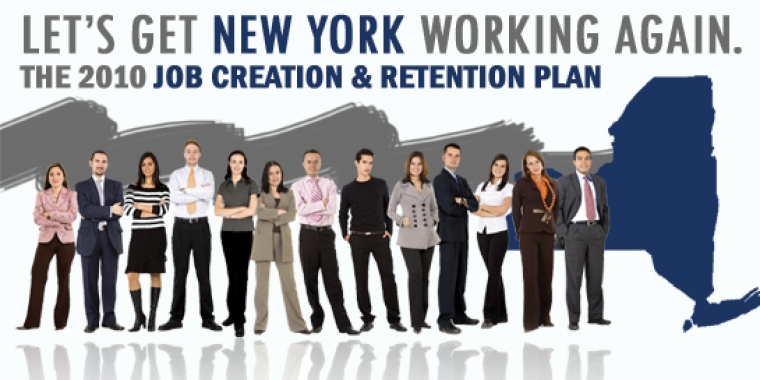
Upstate Now, Again
George Winner
September 10, 2010
-
ISSUE:
- Economic Development

Several years ago, well before the onset of the economic crisis that has gripped the nation for most of the past two years, I joined a group of legislative colleagues and prominent business leaders from across the state to stake out reviving the upstate economy as priority No. 1 in New York government. In fact, we spelled out a comprehensive, 10-point job creation and economic growth plan and called it “Upstate Now.”
“Let’s not just talk about the challenges facing the upstate economy, let’s get to work on turning this region’s economy around,” I said at the time. “Our ‘Upstate Now’ agenda can be the bridge to that turnaround. It moves us from talking about an upstate economic renewal to getting to work on it. That’s where we need to go now. We need to get working at it.”
Four years later, we still need to get working at it. So while candidates throughout the Empire State, including most of those vying for every statewide office in the land, turn their attention in the days, weeks, and months ahead to touting plans for an upstate renewal, I’ll take this opportunity to remind everyone that there’s no need to reinvent the wheel. The key elements are still right there in Upstate Now, a comprehensive strategy aimed at igniting job creation and economic growth locally and across the upstate region. It acknowledged the need for capital investment, but gave even more weight to improving the state’s business climate through lowering the cost of doing business in New York, cutting taxes, and further easing the regulatory burden.
At the time, Upstate Now received positive reviews from business leaders across New York. The state’s leading small business advocacy organization, the National Federation of Independent Business, said that Upstate Now recognized “that the core problem stifling small business is the high cost of doing business in our state…Upstate Now takes direct aim at that issue by, among other things, cutting taxes and taking steps to reduce health and energy costs on small business. Allowing small businesses to keep and reinvest more of what they work so hard to earn is the best economic development and job creation policy.”
In broad terms, Upstate Now called for reducing taxes, and energy and health care costs for employers; providing upstate with a 21st century economic infrastructure; strengthening small businesses, manufacturing, agriculture, tourism and other key industries; making upstate an international leader in new and emerging technologies; revitalizing downtowns and local communities throughout the region; supporting clean, renewable energy initiatives; strengthening the work force; and enacting sweeping reforms to make the upstate region more business-friendly and economically competitive.
More specifically, Upstate Now included proposals to, among many others: eliminate business taxes on manufacturing in New York State; create a STAR-type small business program to provide direct property tax rebates for small businesses that pay school taxes; reduce the corporate franchise tax rate; support the infrastructure to provide universal broadband access across New York; create new commerce and economic growth zones around regional airports;clear, renovate and reuse obsolete manufacturing facilities; create Community Renewal Zones;and support the development of a network of Community College Technology Training Centers
New York’s economic development efforts and investments still aren’t as effective as they can be and should be to encourage economic growth in rural, upstate New York. We still ignore real opportunities throughout the upstate region to build a solid, sustainable foundation of small businesses. The state can and should also do a better job of offering new incentives to encourage emerging technology companies that already do research and development in New York to then actually manufacture their products here. Future strategies should seek to more fully integrate the groundbreaking research taking place at New York's outstanding colleges and universities with the local and regional private-sector economies across upstate.
In other words: good ideas are there, waiting for action.
-30-
Share this Article or Press Release
Newsroom
Go to NewsroomAccess to State and Local Government
December 29, 2010

Some Final Thoughts
December 27, 2010

Restore Voice of Rural New York
December 13, 2010

What About Economic Growth?
December 7, 2010
